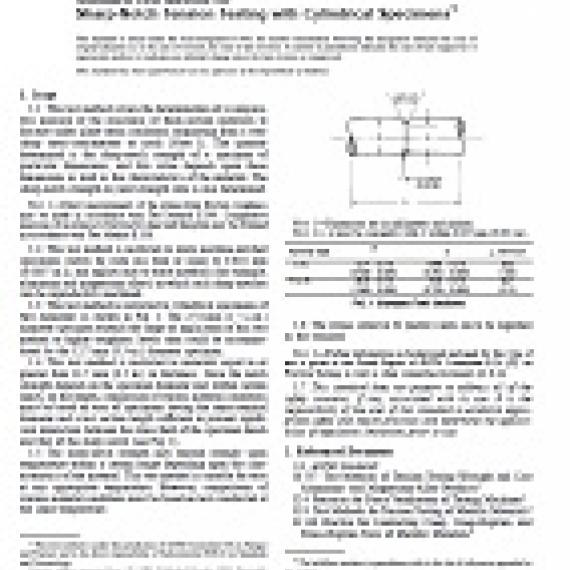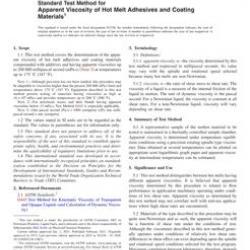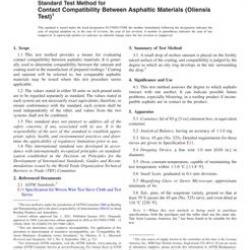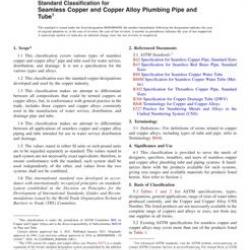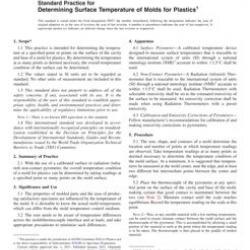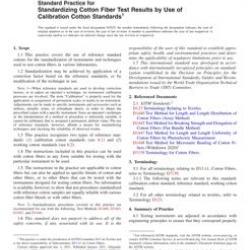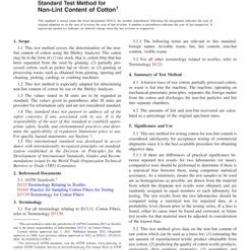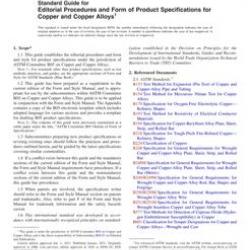No products
ASTM E602-91(1997)
ASTM E602-91(1997) Standard Test Method for Sharp-Notch Tension Testing with Cylindrical Specimens
standard by ASTM International, 04/10/1997
Full Description
1.1 This test method covers the determination of a comparative measure of the resistance of thick-section materials to fracture under plane-strain conditions originating from a very sharp stress-concentrator or crack (Note 1). The quantity determined is the sharp-notch strength of a specimen of particular dimensions, and this value depends upon these dimensions as well as the characteristics of the material. The sharp-notch strength-to-yield strength ratio is also determined.
Note 1-Direct measurements of the plane-strain fracture toughness may be made in accordance with Test Method E399. Comparative measures of resistance to fracture for sheet and thin plate may be obtained in accordance with Test Method E338.1.2 This test method is restricted to sharp machine-notched specimens (notch tip radii less than or equal to 0.018 mm (0.0007 in.)), and applies only to those materials (for example, aluminum and magnesium alloys) in which such sharp notches can be reproducibly machined.
1.3 This test method is restricted to cylindrical specimens of two diameters as shown in Fig. 1. The 27.0-mm (1 1/16-in.) diameter specimen extends the range of application of this test method to higher toughness levels than could be accommodated by the 12.7-mm (0.5-in.) diameter specimen.
1.4 This test method is restricted to materials equal to or greater than 12.7 mm (0.5 in.) in thickness. Since the notch strength depends on the specimen diameter and, within certain limits, on the length, comparison of various material conditions must be based on tests of specimens having the same nominal diameter and a test section length sufficient to prevent significant interaction between the stress field of the specimen heads and that of the sharp notch (see Fig. 1).
1.5 The sharp-notch strength may depend strongly upon temperature within a certain range depending upon the characteristics of the material. This test method is suitable for tests at any appropriate temperature. However, comparisons of various material conditions must be based on tests conducted at the same temperature.
1.6 The values stated in SI (metric) units are to be regarded as the standard.
Note 2-Further information on background and need for this type of test is given in the Fourth Report of ASTM Committee1.7 This standard does not purport to address all of the safety problems, if any, associated with its use. It is the responsibility of the user of this standard to establish appropriate safety and health practices and determine the applicability of regulatory limitations prior to use.

